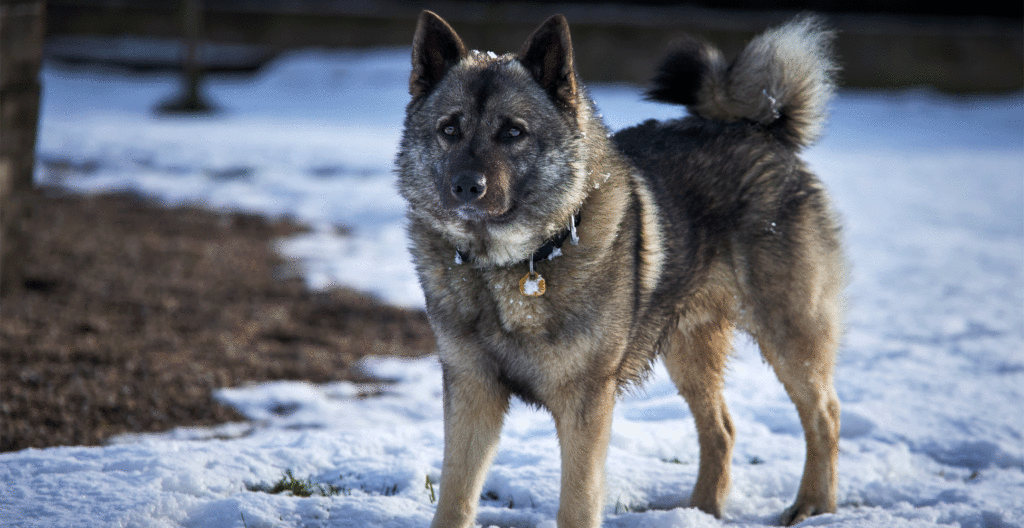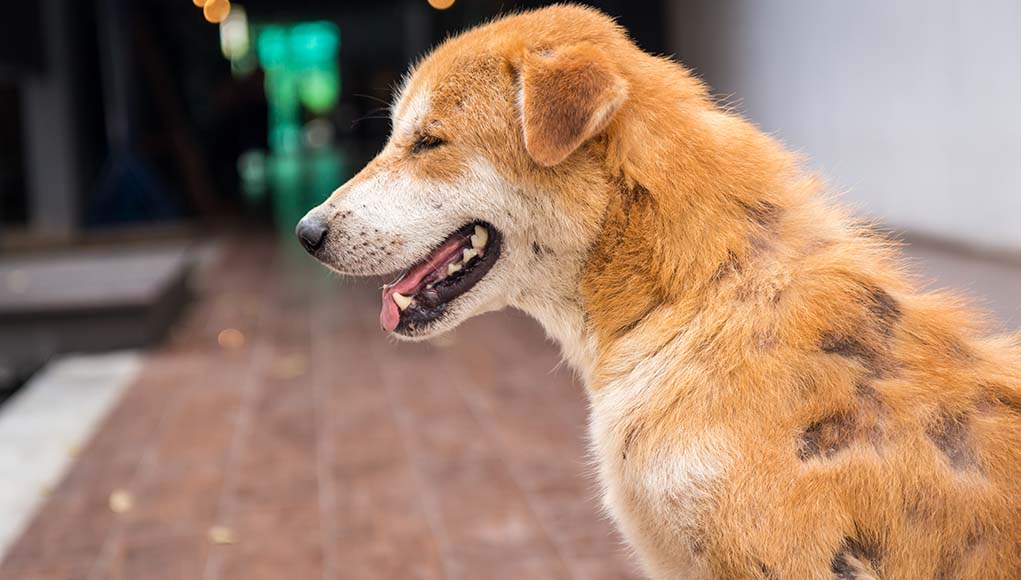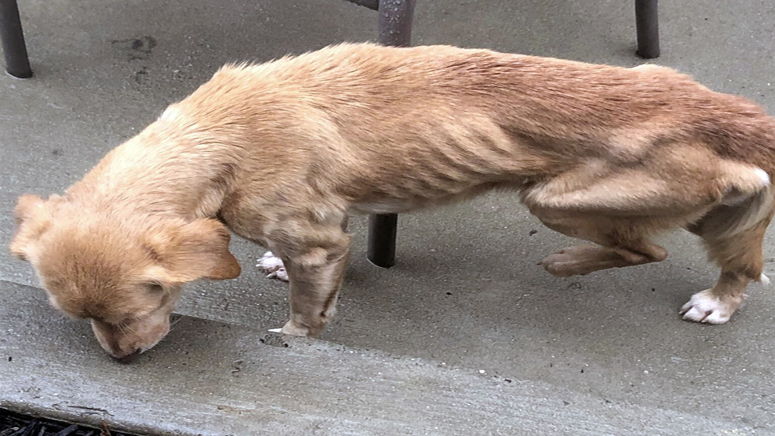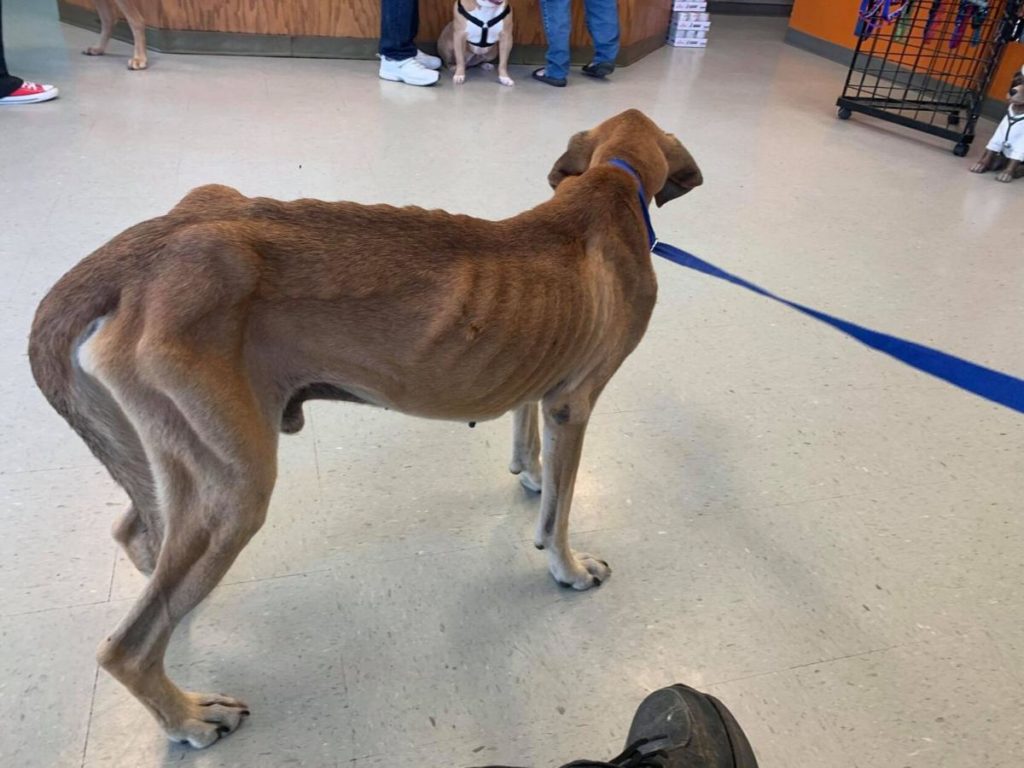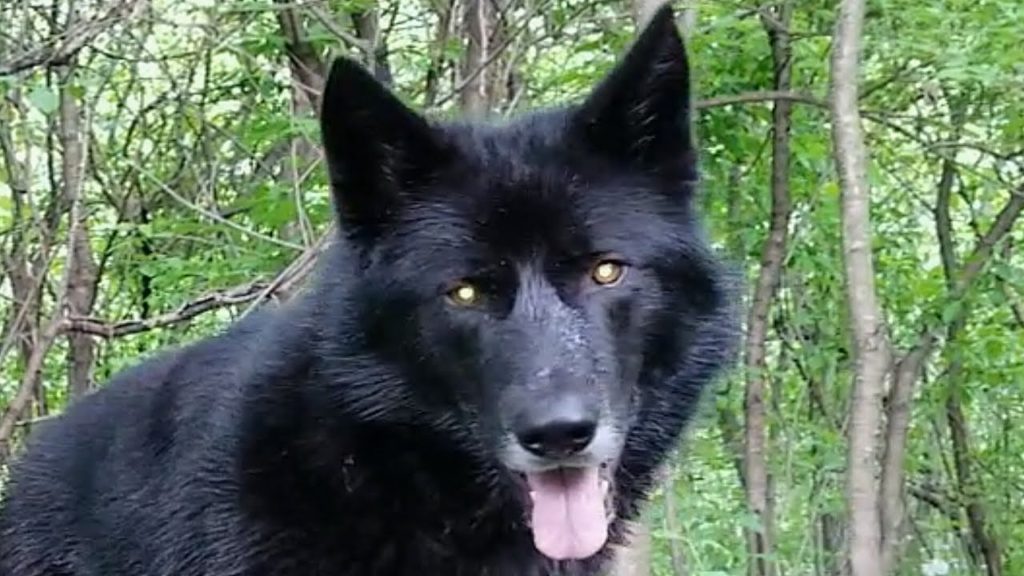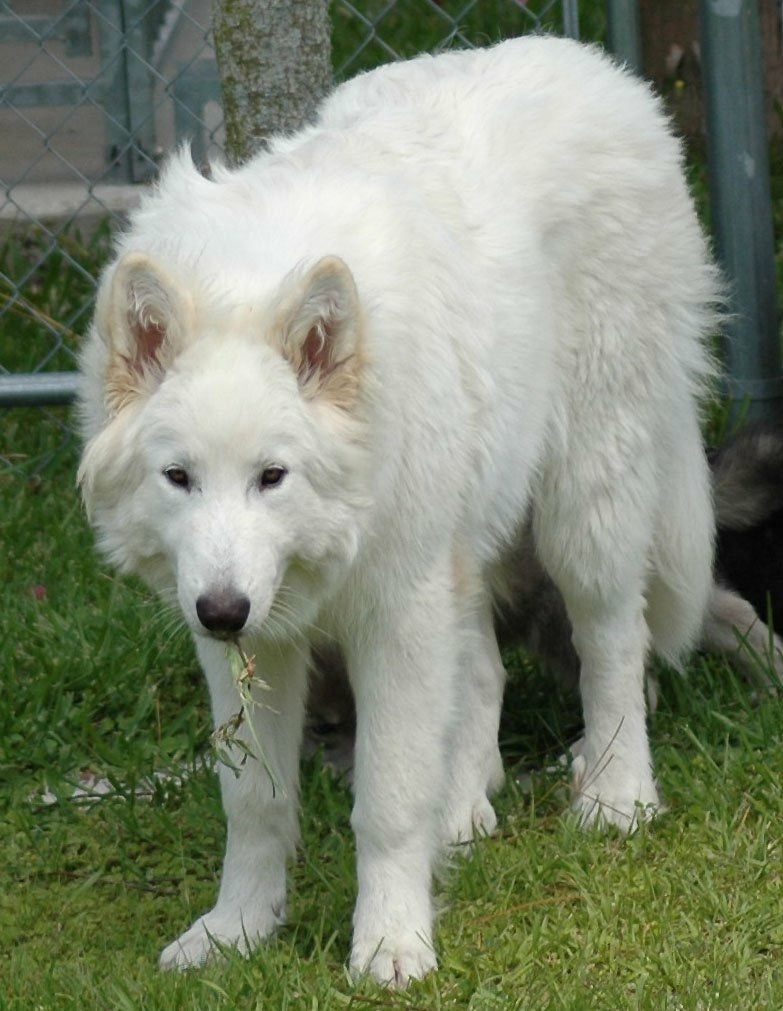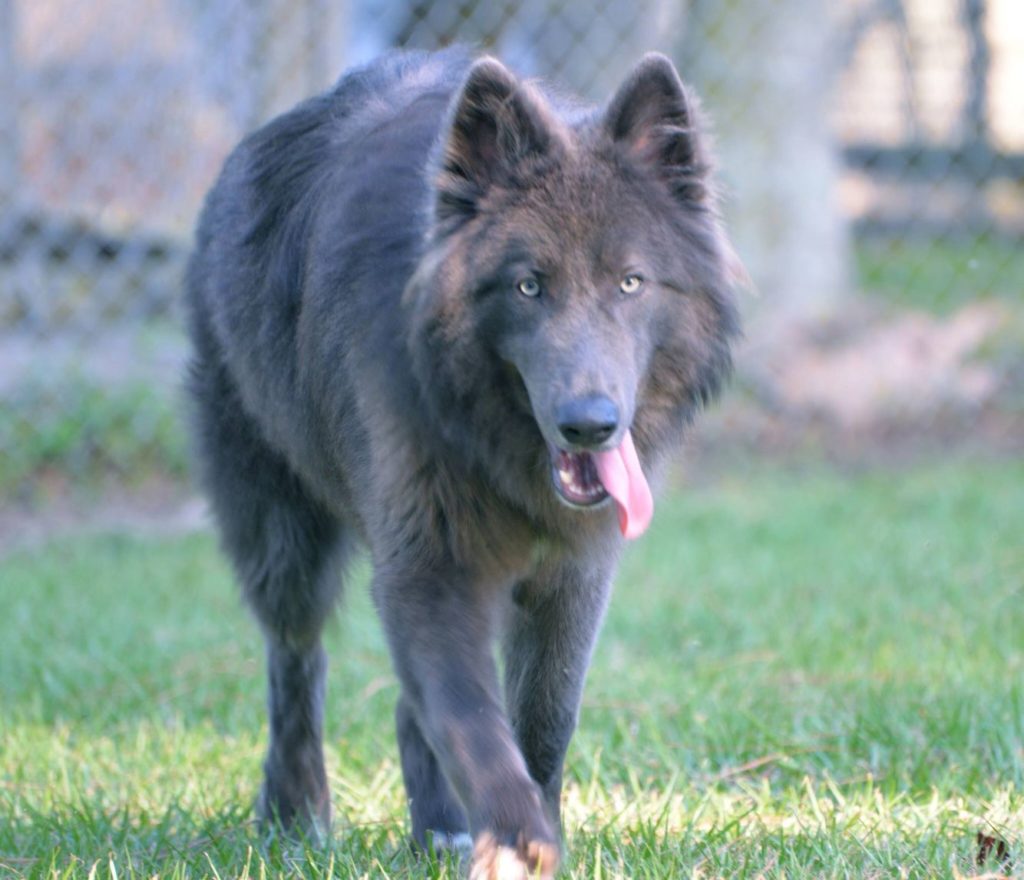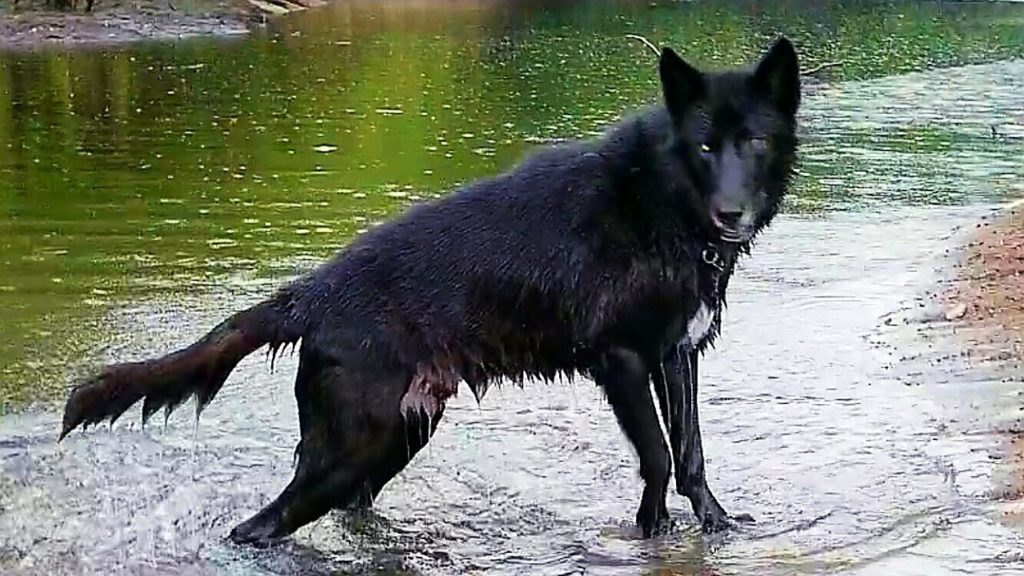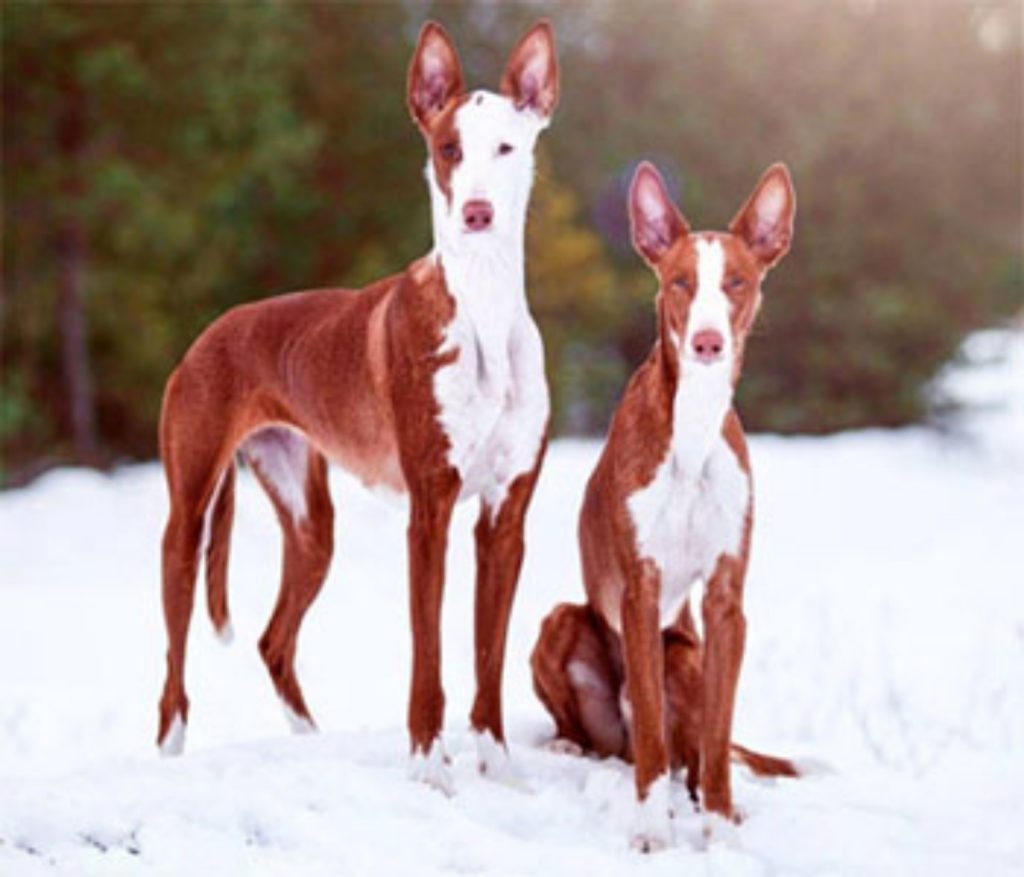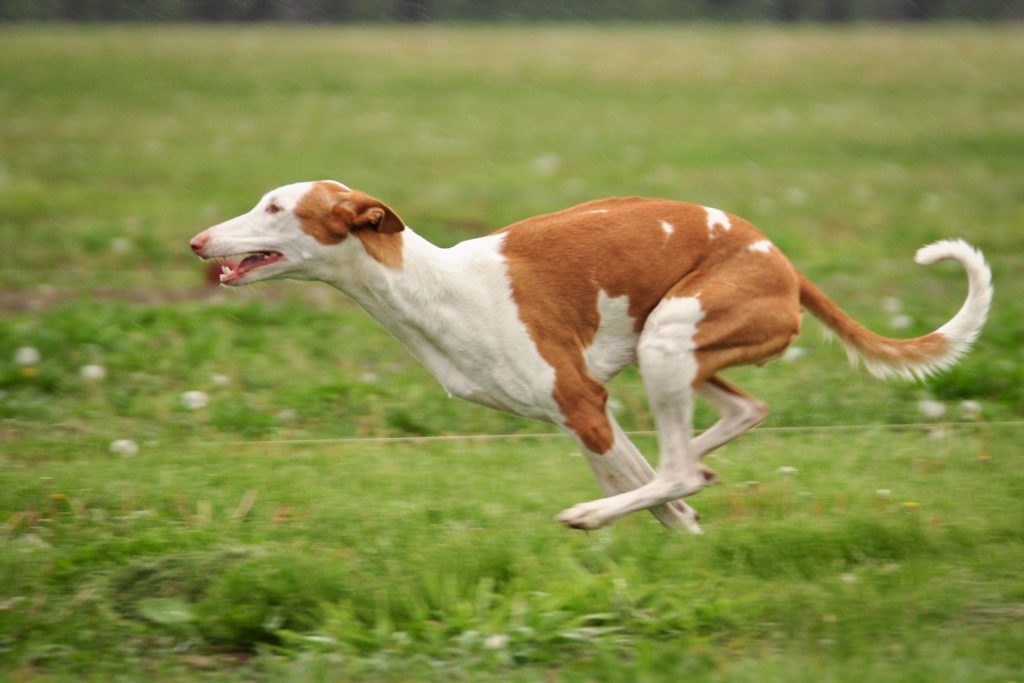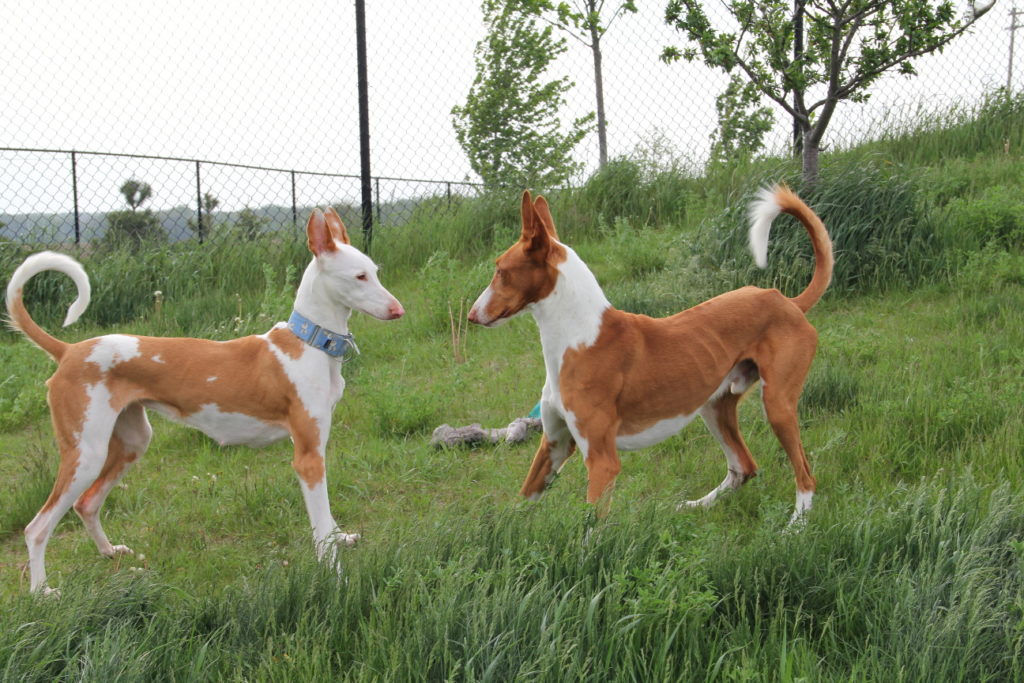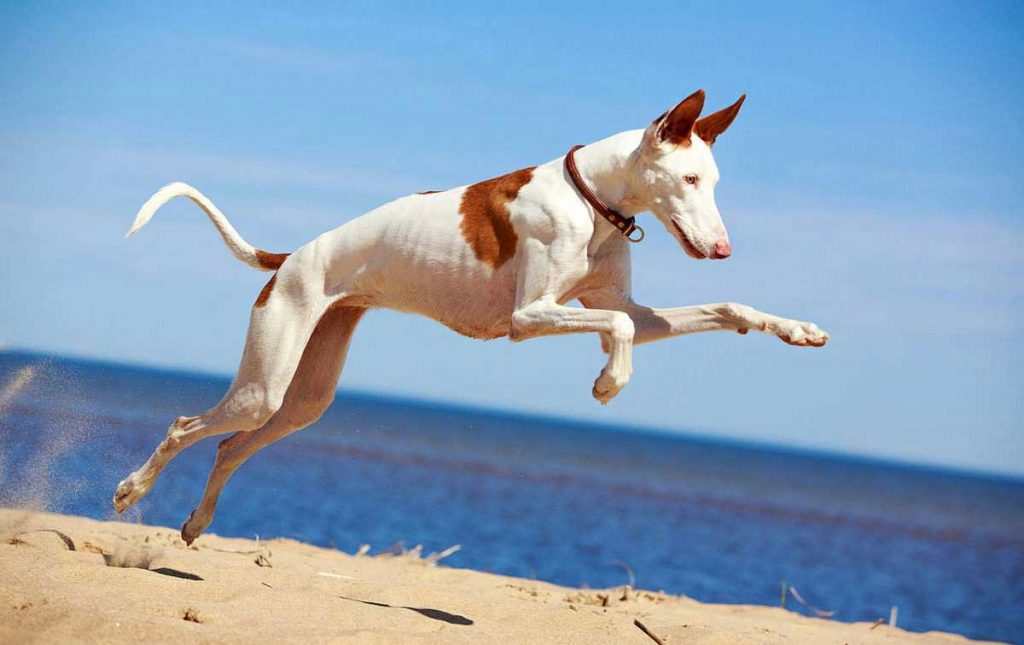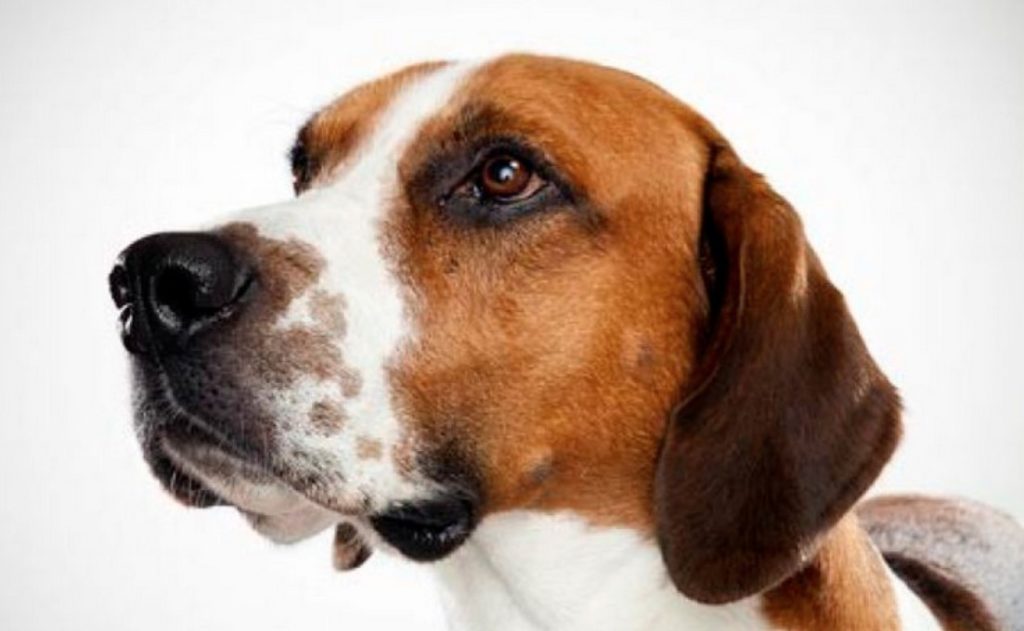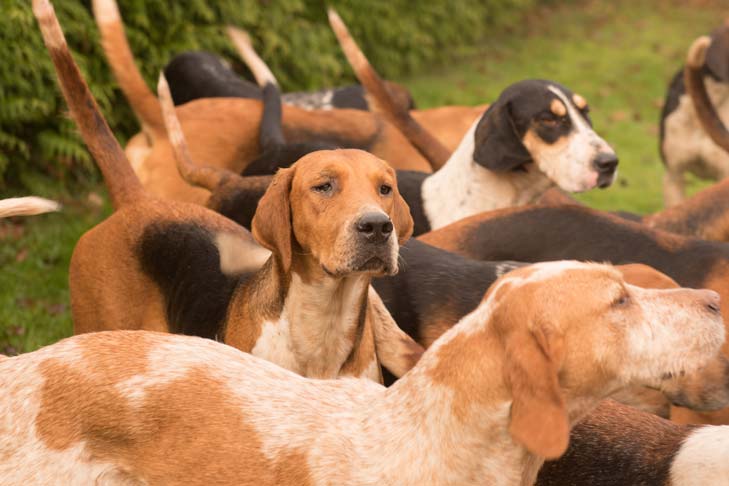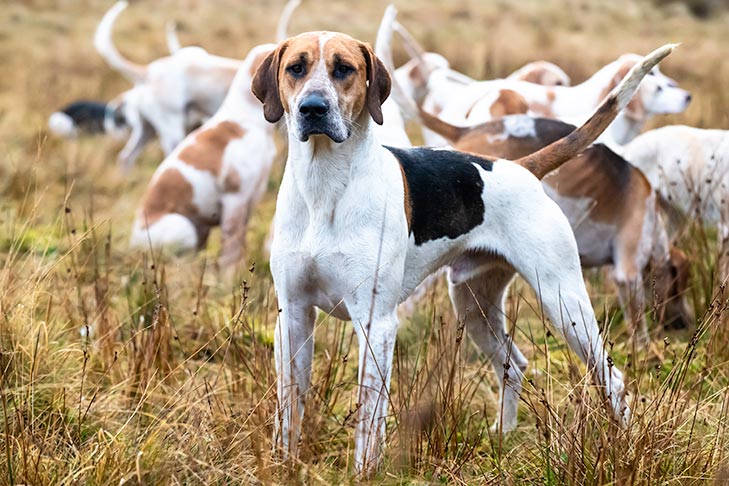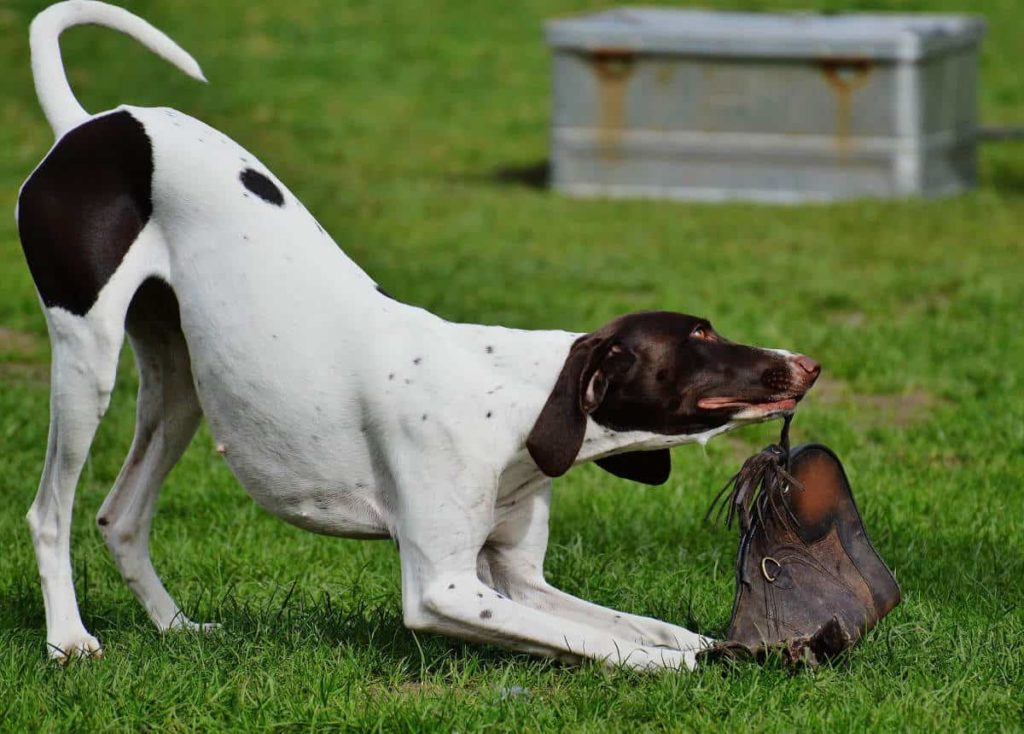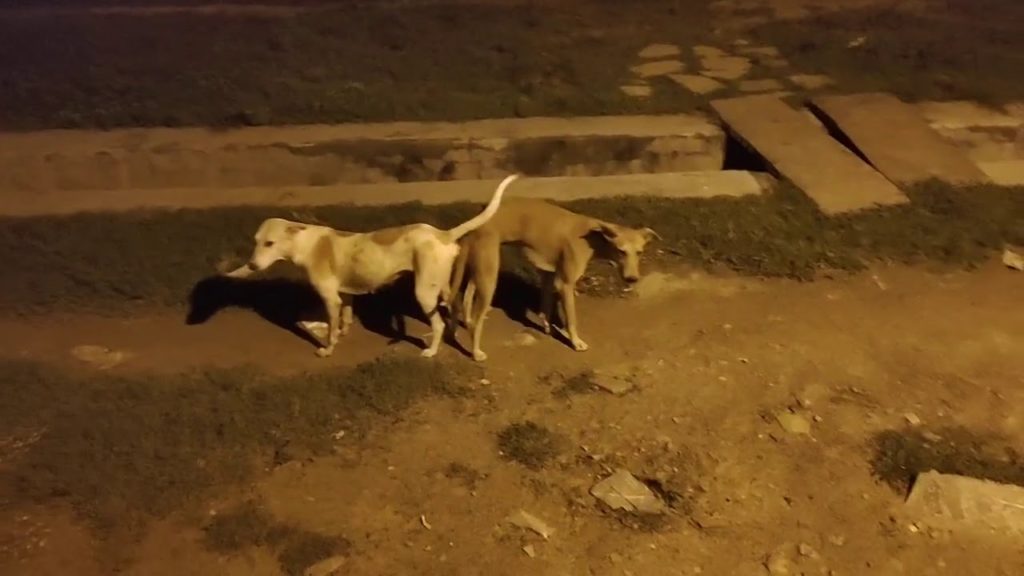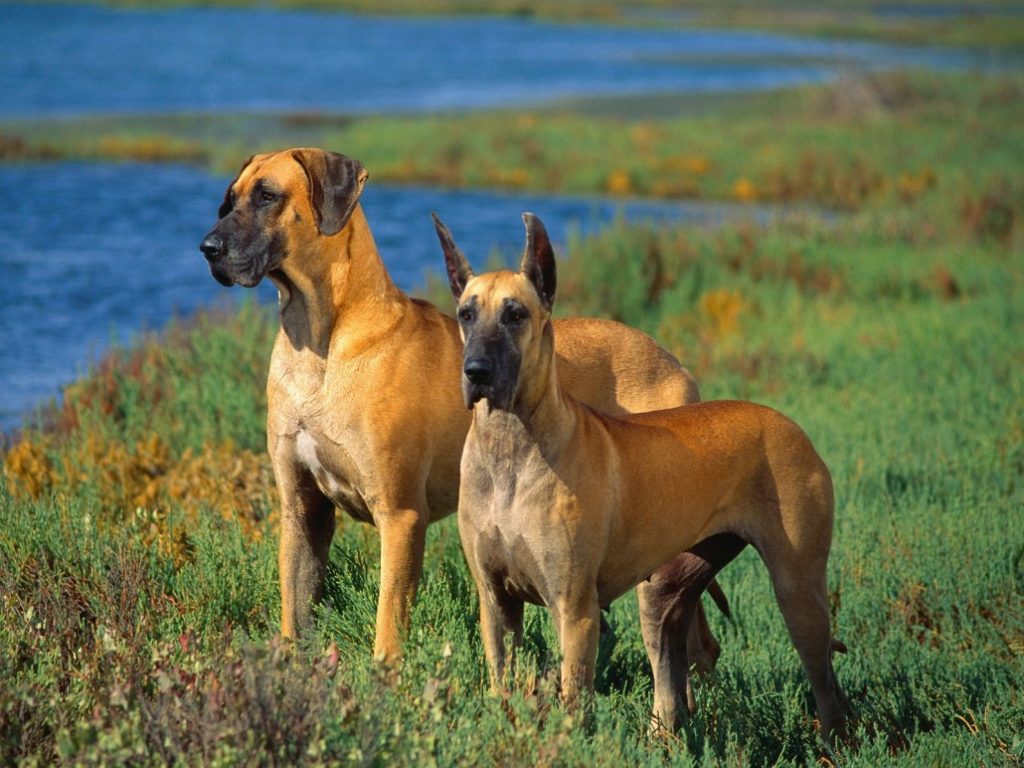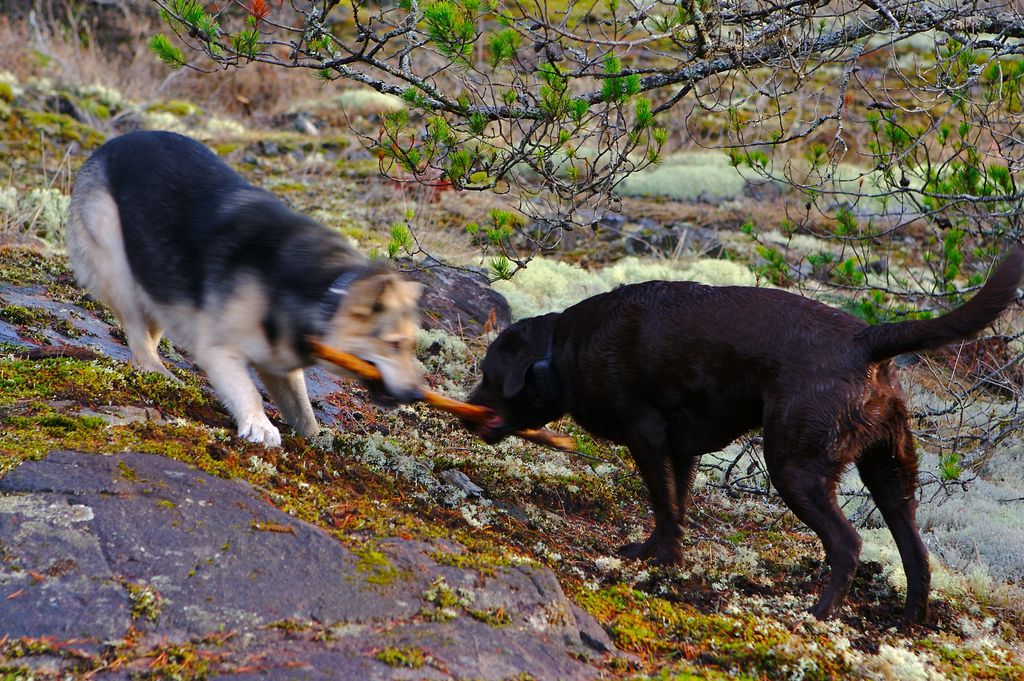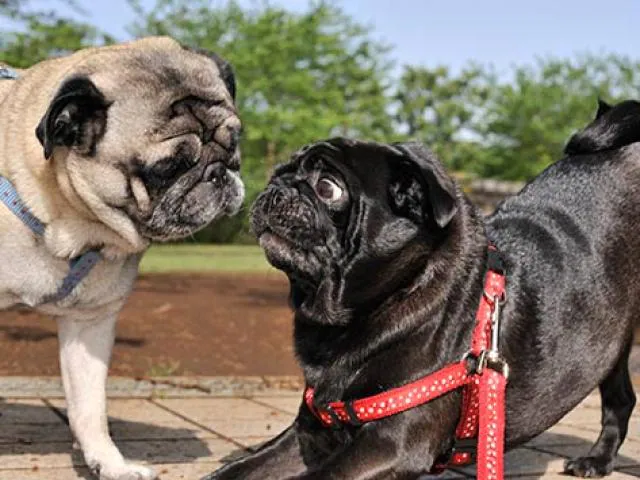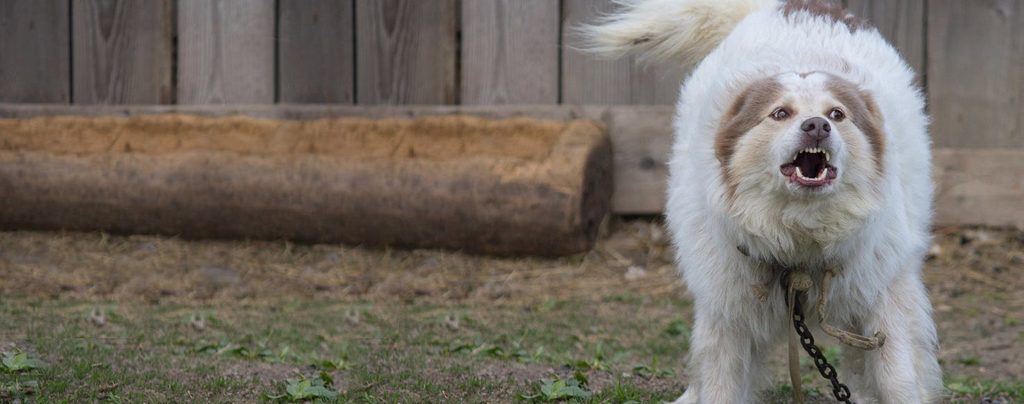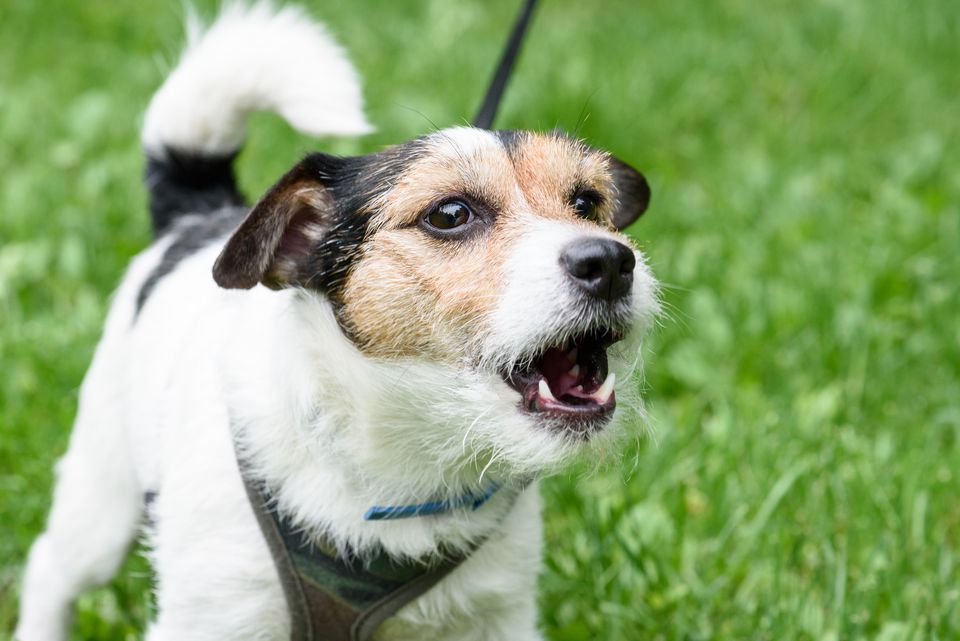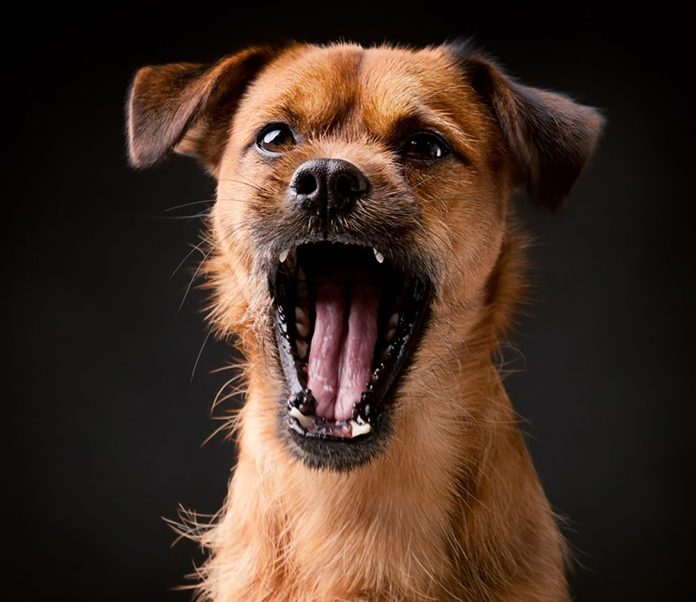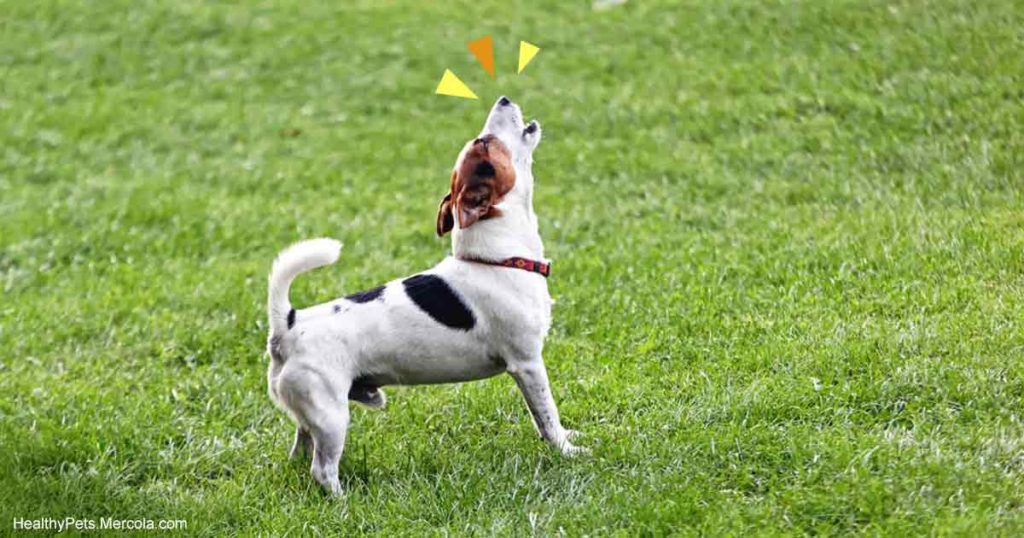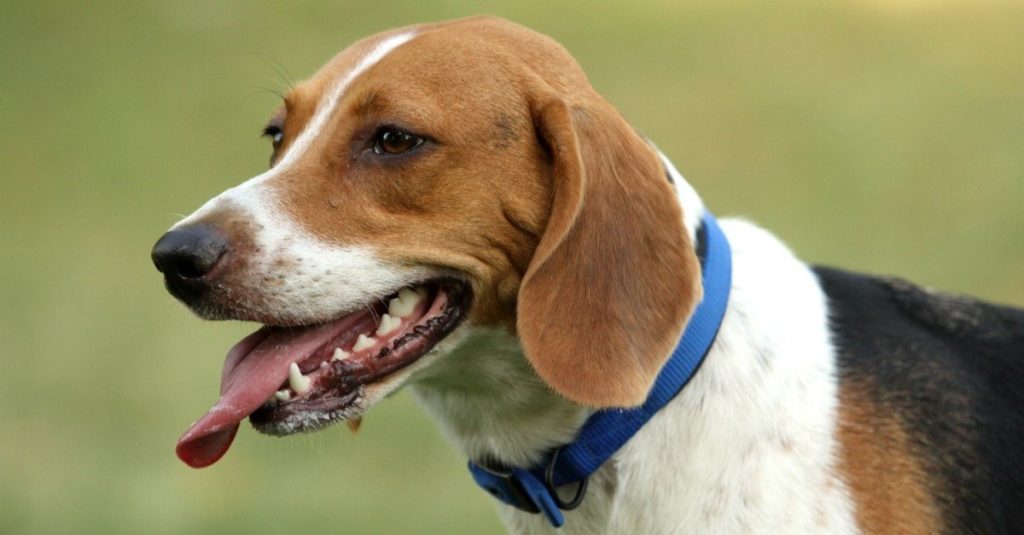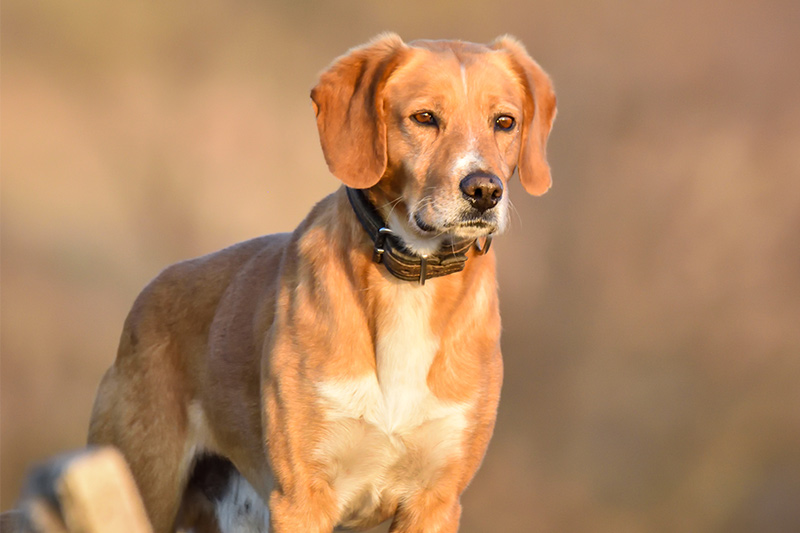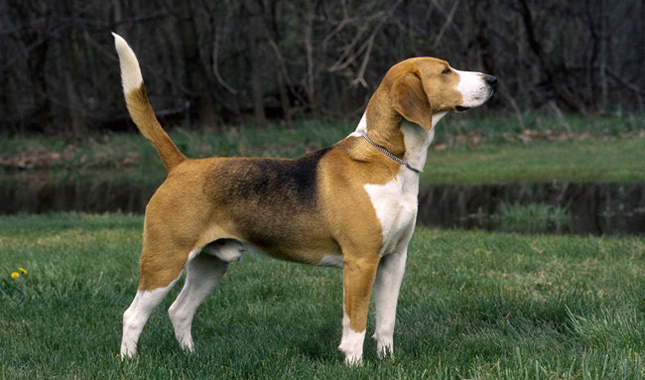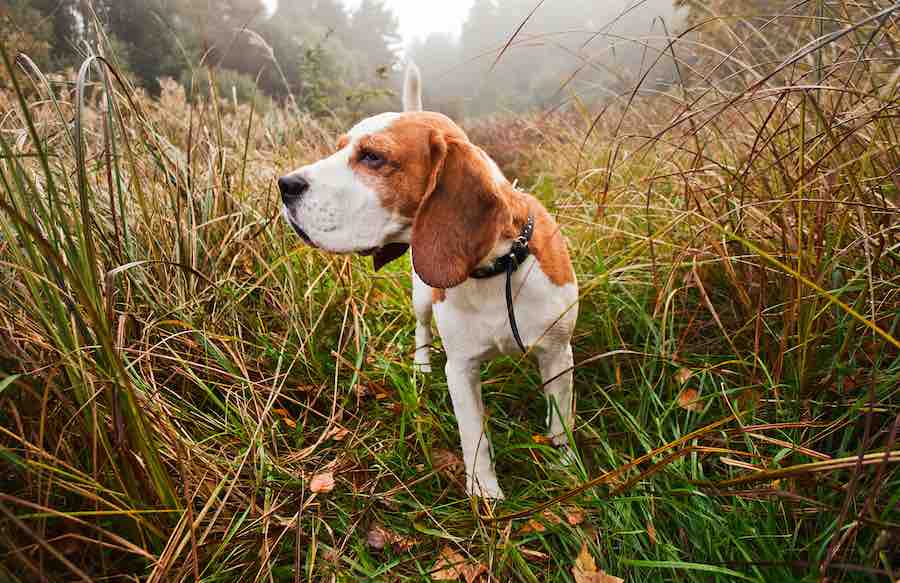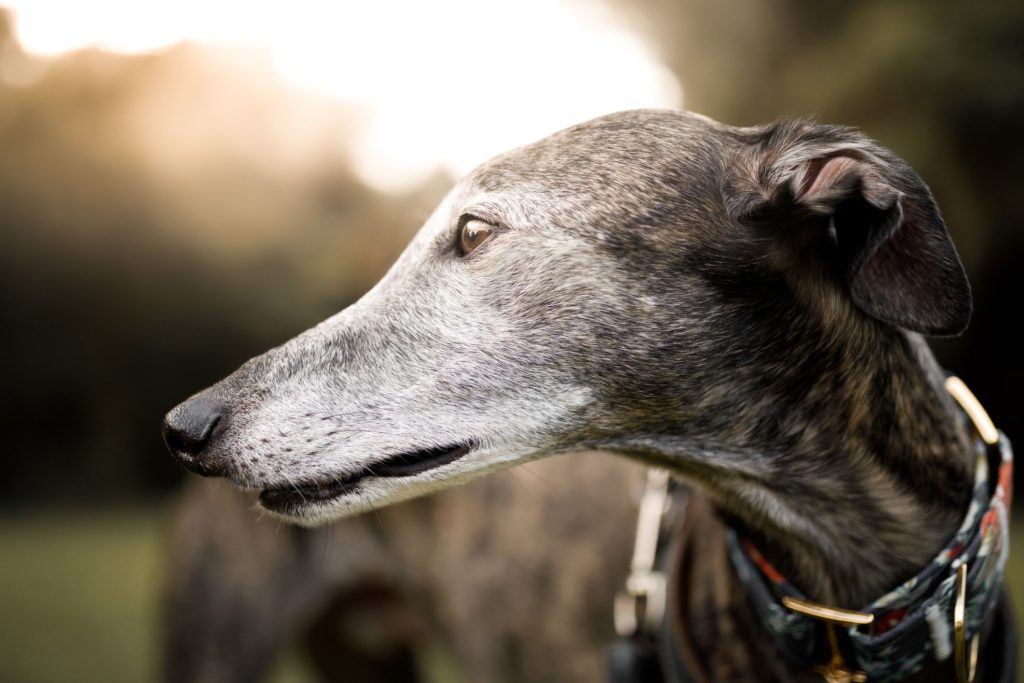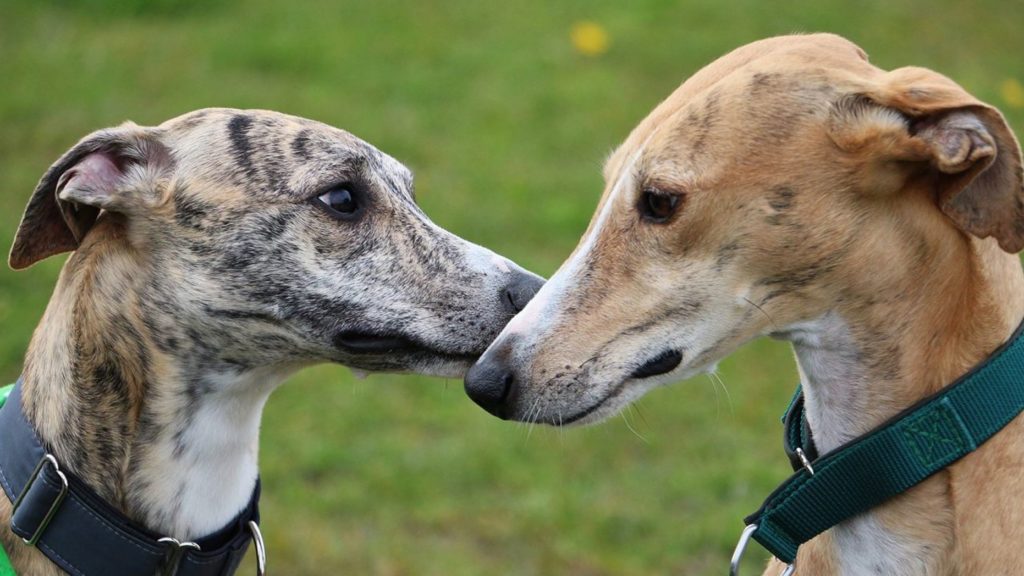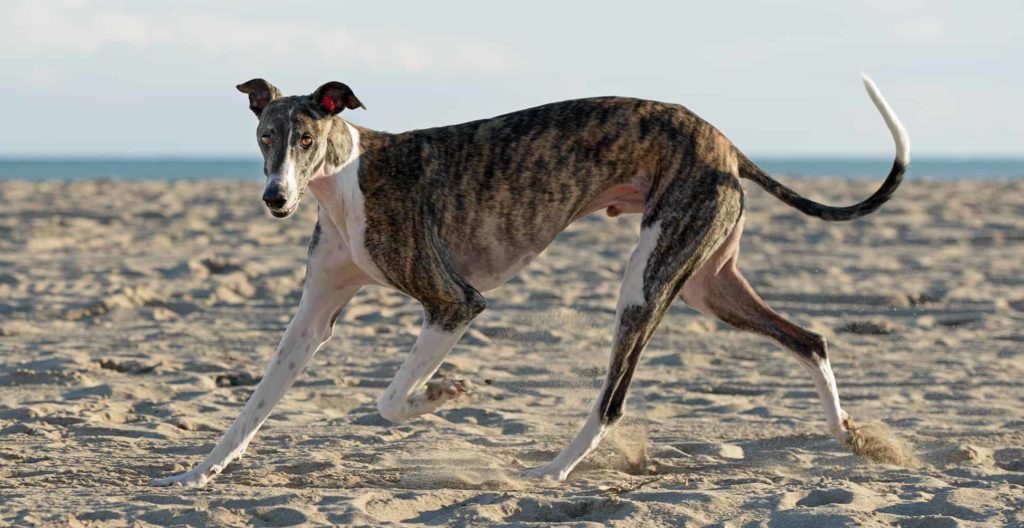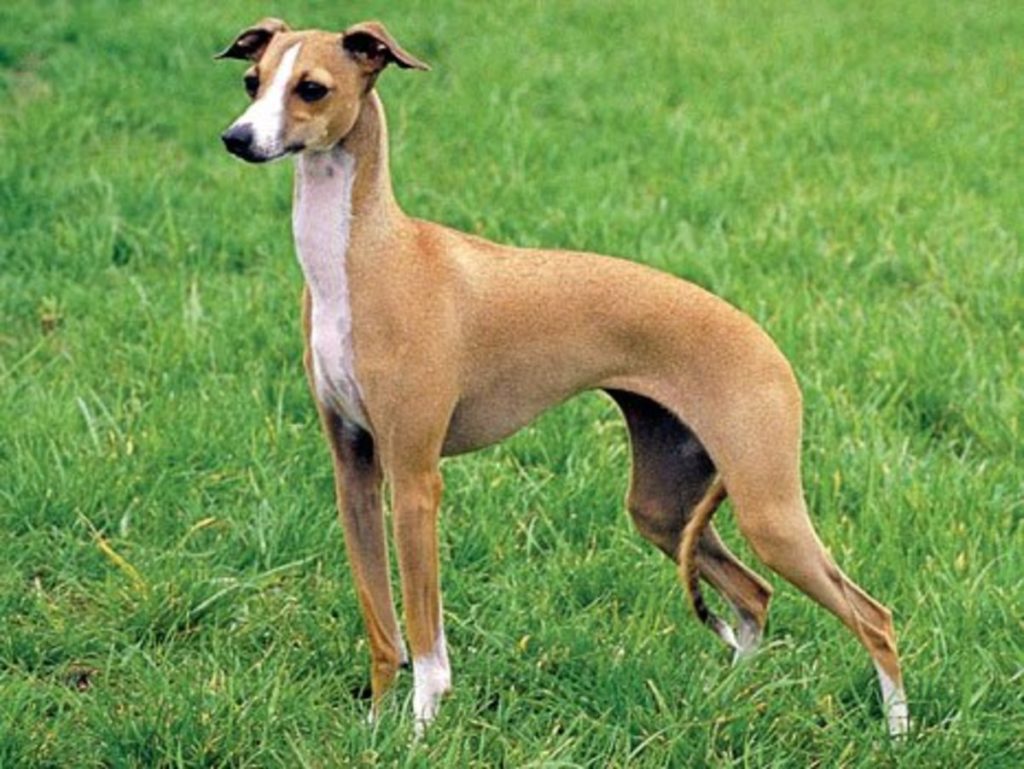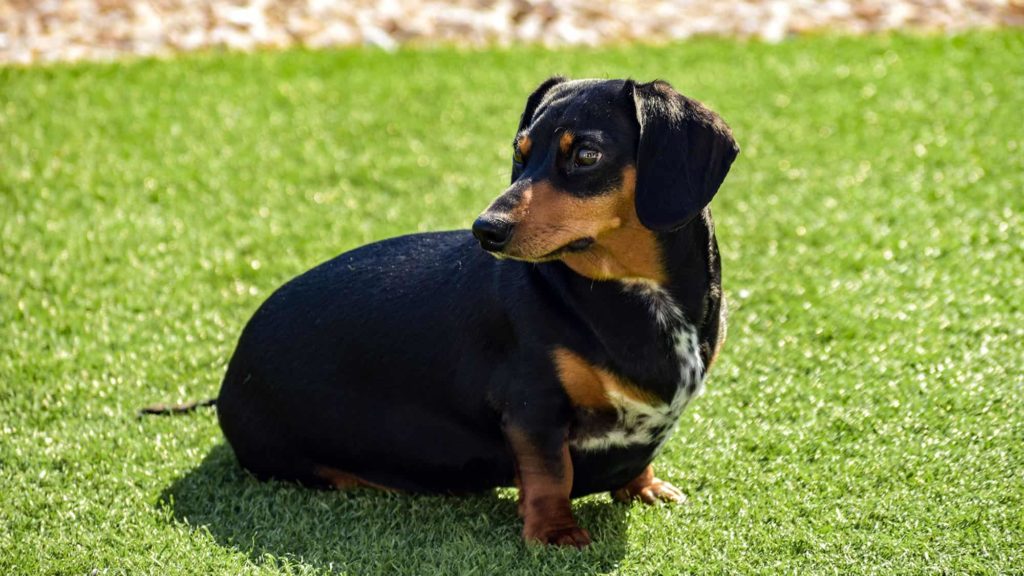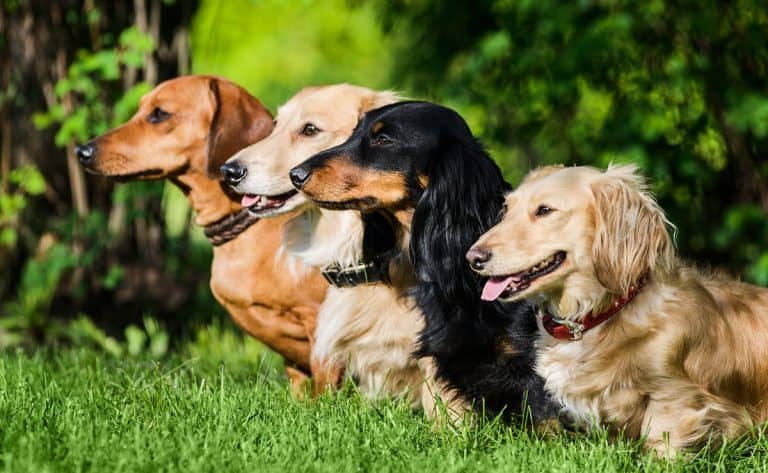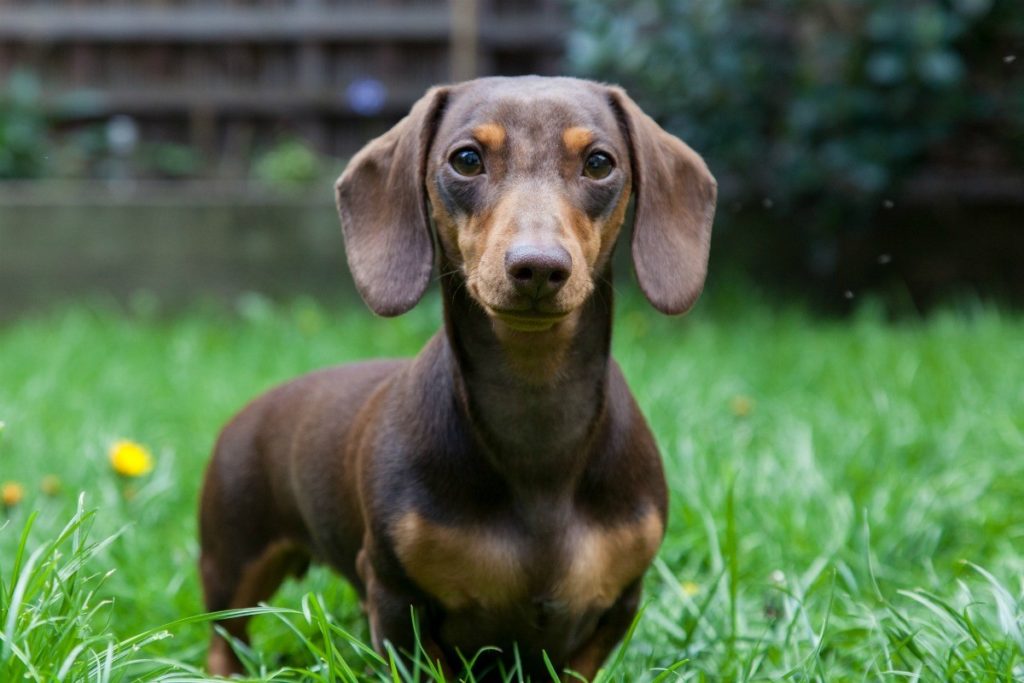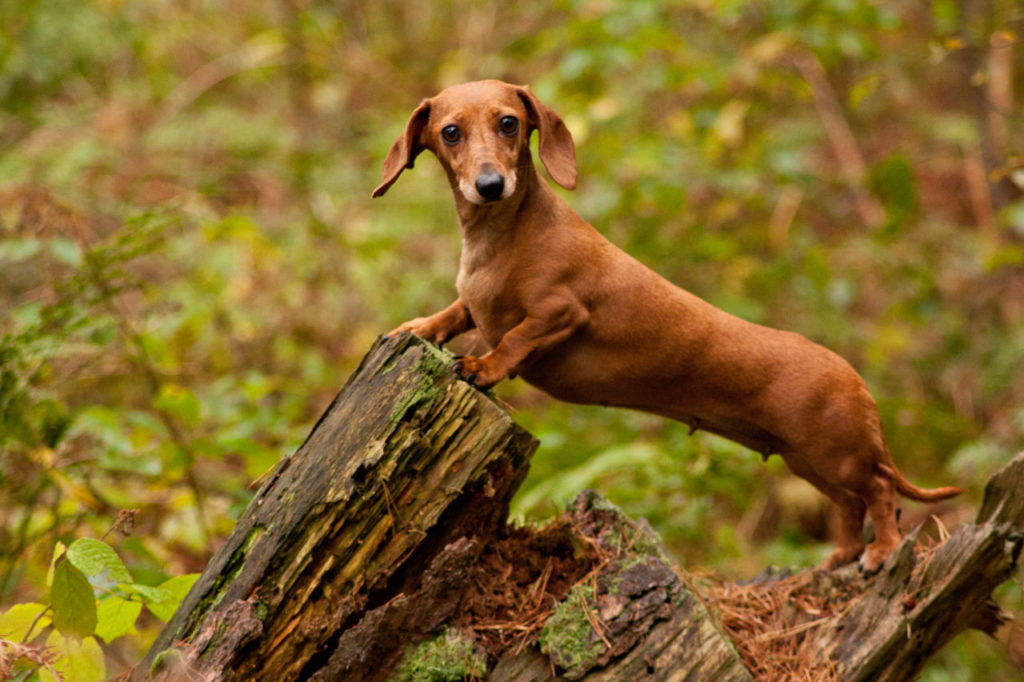The Norwegian Elkhound is Norway’s National Dog and one of the Northern Spitz-type breeds. Hunting, guarding, herding, and defending have all been roles played by the Elkhound. It is renowned for its bravery in tracking and shooting moose and other large animals like bears and wolves. In 1877, the Norwegian Elkhound was first shown in a dog show in Norway. It was known as a dyrehund in Medieval times, which means “animal-dog” in Norwegian, and was highly esteemed as a hunting dog, although it was rarely seen or bred outside of Norway until the 19th century. The Kennel Club gave it official recognition in 1901.
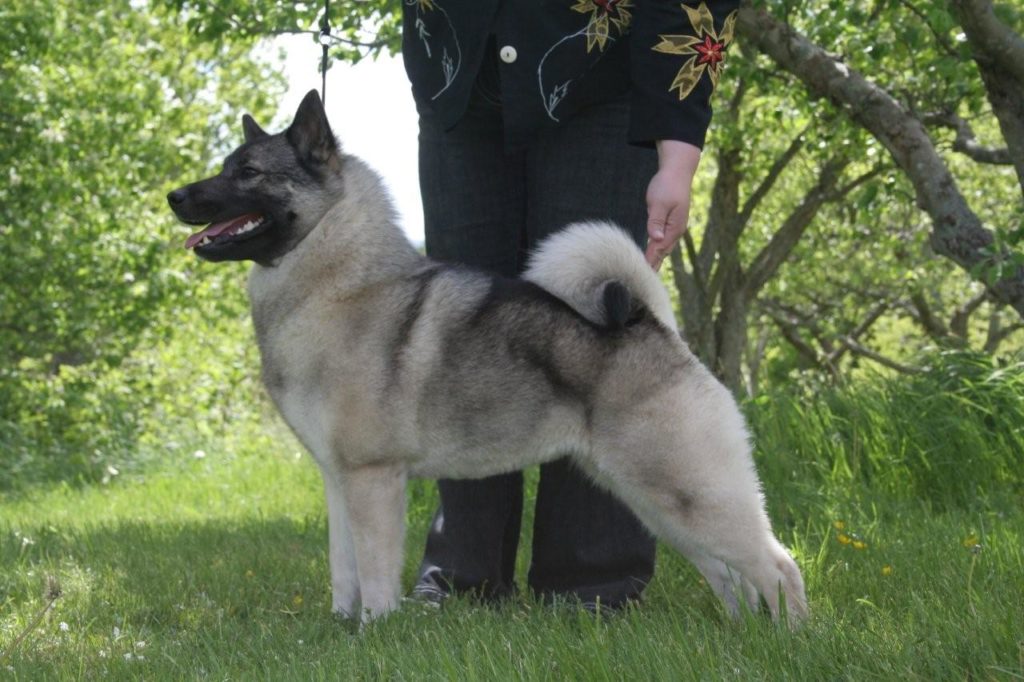
The American Kennel Club’s (AKC) breed name “Norwegian Elkhound” is a straight translation of the Norwegian word Norsk elghund, which means “Norwegian moose dog.” The breed’s goal in the hunt is to track down and keep the moose at bay by jumping in and out of the moose’s path, confusing it, and signaling to the hunters by barking very loudly until the hunter follows the sound arrives to shoot it. On a leash, the Norwegian Elkhound is also utilized. Although the breed had been carefully developed for centuries, pedigrees were not kept until the late 1800s. Since then, the breed has been shown in Scandinavian dog exhibitions and was quickly imported to England and America.
Physical Appearance
Elkhounds are medium-sized, exceptionally hardy dogs. With a definite stop, the head is large and wedge-shaped. Their coat is a dense silver-gray with a tail that curls firmly over the back. Has a broad chest, strong legs, and slender thighs. The ears are movable and upright, and the eyes are a dark brown. The height is 19.5–20.5 inches (50–52 cm) and the weight is 44–51 lbs (20–23 kg).
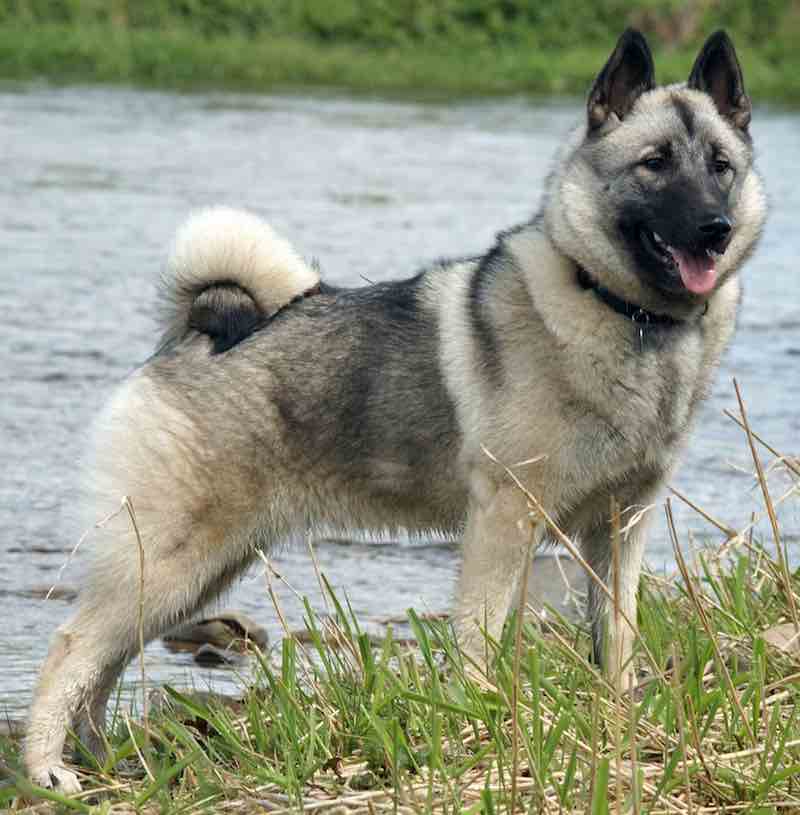
It has a grey, white, and black coat with two layers: a dense silky undercoat that varies in color from black at the muzzle, ears, and tip of its tail to silvery grey on its legs and tail. The coat of the Elkhound is thick and smooth, with straight outside hairs and a wooly underneath. This shields you from the cold and snow.
Behavior
Norwegian Elkhounds are devoted to their “pack” and make wonderful family dogs when given sufficient care due to their above-average working/obedience IQ. They are brave, lively, independent, attentive, incredibly intelligent, and a little loud at times. Despite the breed’s strength and hardiness, the dogs usually form an inseparable attachment with their owners and are extremely loyal.
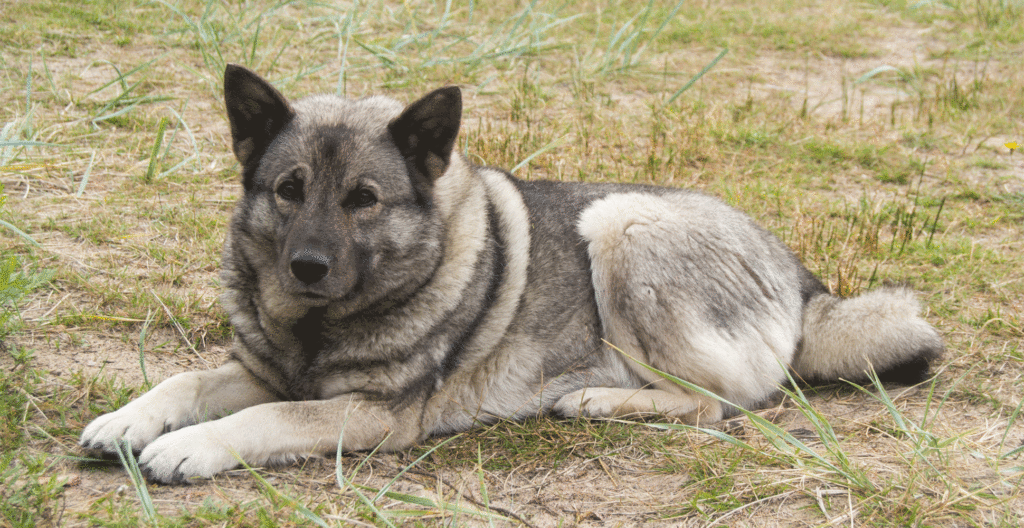
Elkhounds all have a piercing, booming bark that makes them good watchdogs. Elkhounds from Norway are bred to hunt large animals such as wolves, bears, and moose. To avoid irritation or destructive conduct, daily exercise is required. Their innate athleticism and willingness can be channeled through agility and herding trials.
Training and Caring
The Norwegian Elkhound is a fast learner with a high level of intelligence. Another challenge in training this breed for activities is their autonomous character, which is influenced by their hunting instincts. The Elkhound was created to hunt all day in arduous settings, and as a result, it requires daily exercise to be fulfilled. This may be a terrific jogging, a lengthy walk, or an energizing game.
Brush the double coat twice a week, and daily during the shedding season. At other times, two minutes of daily maintenance will keep the coat looking great and give your vacuum a new lease on life. Families considering bringing an Elkhound into their home should be prepared to train this energetic dog not to tug on the leash and to tolerate barking.
Health
The Norwegian Elkhound is a sturdy breed with few health issues, but they do have a hereditary susceptibility to progressive retinal atrophy, as well as hip dysplasia, renal problems, and cysts, especially in later life, as do many medium and large breeds; they are also prone to thyroid disorders. They have a 14–18-year lifetime.

